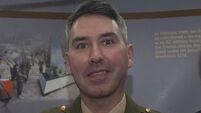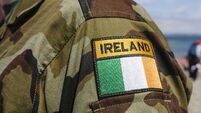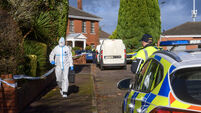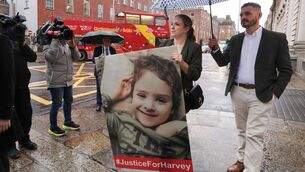Unifil report to say attack which led to Seán Rooney's death was not premeditated
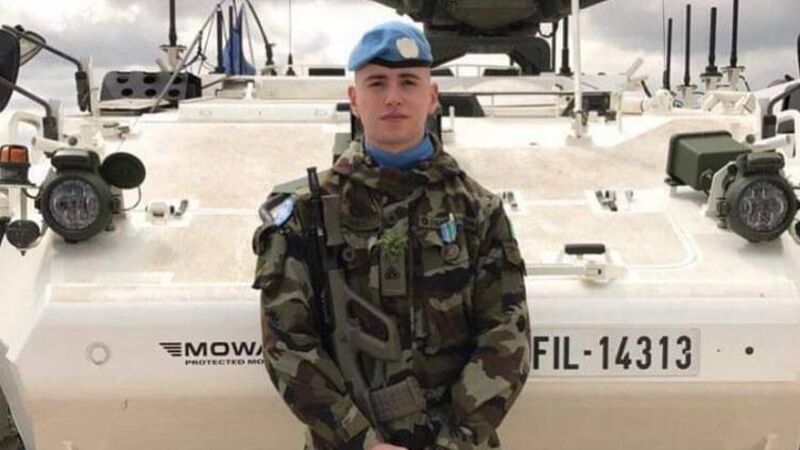
The final report, which is due to be sent to UN headquarters in New York in the coming week, is expected to say that the death of Private Seán Rooney (pictured) followed what a security source has said amounted to “a series of unfortunate situations”. File picture
The attack which led to the killing of Private Seán Rooney in Lebanon was not premeditated, an investigation into his death is expected to indicate.
It is also expected to confirm that the one Unifil vehicle in a position to rescue him and his colleagues couldn’t because it broke down. That vehicle, which was the lead vehicle in the two-car Unifil convoy that had been travelling to Beirut late on the night of December 14 last year, had a puncture.
As a result, the four Defence Forces soldiers on board couldn’t reach Pte Rooney as they came under attack. They are said to still be “deeply, deeply distraught” at not having been able to get to Pte Rooney and his colleagues.
But while their vehicle appears to have been followed by as yet unnamed individuals when it turned off the motorway to look for Pte Rooney and his colleagues, it does not appear to have been attacked. They are understood to have heard shots being fired and — believing themselves to be under fire — ducked for cover.
It is understood, however, that their vehicle was not hit by any bullets and the shots they heard may have actually been the very shots that led to Pte Rooney’s death. Video of the incident shows the Unifil vehicle swerving past a group of people in the village of Al-Aqibiya.
After the white Unifil-marked armoured jeep appears to collide with a parked car, it then drives up the main street out of the village. A volley of shots can be heard being fired at and into the vehicle as it leaves the village. Moments later, it collided with a pylon, turned over and crashed into a shop.
The final report, which is due to be sent to UN headquarters in New York in the coming week, is expected to say that Pte Rooney’s death followed what a security source has said amounted to “a series of unfortunate situations”.
These situations include the fact that Pte Rooney’s vehicle didn’t follow the lead Unifil vehicle when it turned onto the main highway into Beirut, Route 51, and the fact that the lead vehicle suffered a puncture.
On the night, the two Unifil vehicles with four Irish Defence Forces soldiers in each had earlier travelled from the Irish and Polish Unifil base - also known as Camp Shamrock - at At Tiri, in southern Lebanon. Both vehicles travelled to within the outskirts of the city of Tyre, before travelling up the old coast road over the Litani River.
About five minutes after they crossed the river, the lead vehicle turned right into a major junction near Abou el Assouad and then left onto the main coastal highway into Beirut, Route 51.
It is understood that PTE Rooney carried on up the Adloun section of the old coast road for around 15 minutes before he arrived at the village of Saksakiyeh. He appears to have been followed from here, and through the village of Sarafand as he made his way to al-Aaqbiyeh.
The village is regarded as a Hezbollah stronghold but a spokesperson for the movement had described it as “an unintentional accident between the local people and members of the Irish battalion". Both Unifil and the Defence Forces declined to comment.




